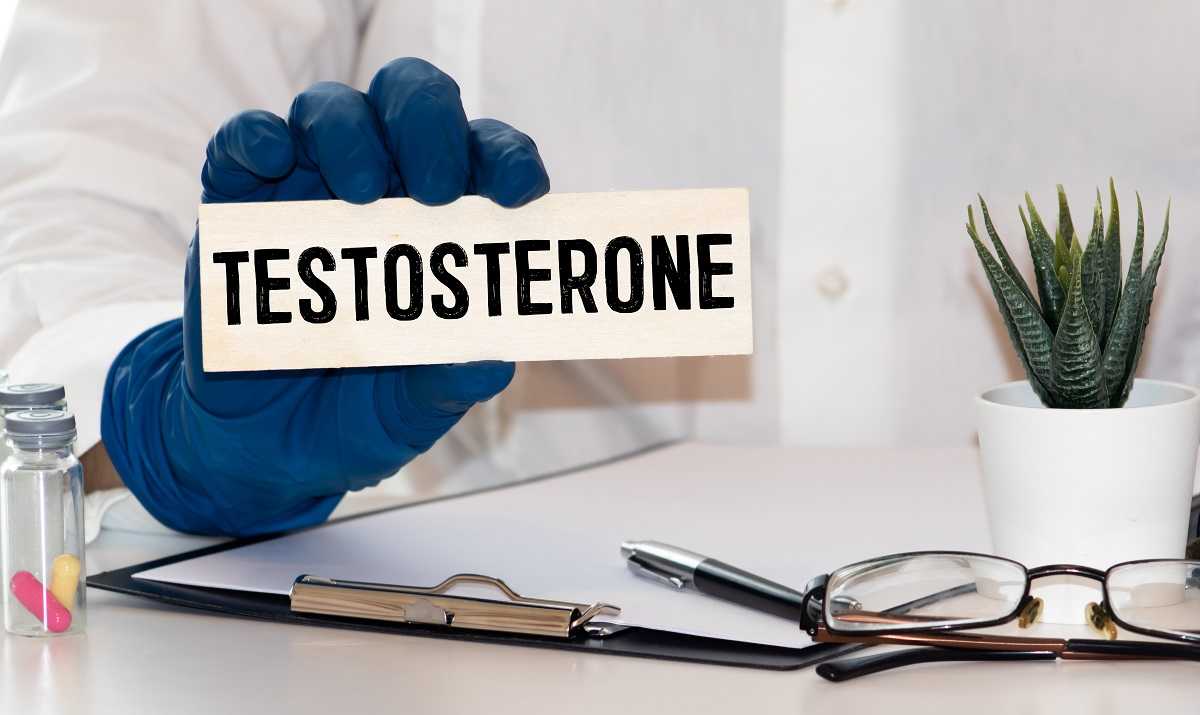The HPTA (hypothalamic-pituitary-testicular axis) restart protocol is a method used to help the body resume its natural testosterone production after discontinuing testosterone replacement therapy (TRT). TRT is a common treatment for men with low testosterone levels, also known as hypogonadism. However, long-term use of TRT can lead to suppression of the body’s own testosterone production, making it difficult for the individual to discontinue therapy and resume normal hormone levels. The HPTA restart protocol typically involves a gradual reduction in the dosage of TRT, combined with the use of certain medications and supplements to support the body’s natural testosterone production. The goal of the protocol is to help the body slowly adjust to the absence of exogenous testosterone and regain the ability to produce testosterone on its own.
The first step in the HPTA restart protocol is to slowly taper off the dosage of TRT. This is typically done over a period of several weeks to several months, depending on the individual’s response. As the dosage is decreased, the individual may begin to experience symptoms of low testosterone, such as decreased libido and muscle mass, fatigue, and depression. To support the body’s natural testosterone production during this time, individuals may be prescribed medications such as clomiphene citrate (CC) or tamoxifen citrate (Nolvadex). These medications work by blocking the action of estrogen, which can help to stimulate the release of luteinizing hormone (LH) and follicle-stimulating hormone (FSH) from the pituitary gland. These hormones are essential for the production of testosterone in the testes.
In addition to medication, individuals may also be advised to take certain supplements to support the HPTA. These may include zinc, magnesium, and vitamin D, all of which are essential for normal testosterone production. Some studies have also suggested that D-Aspartic acid (D-AA) may help to increase testosterone levels in men with low testosterone, however more research is needed. Once the individual has discontinued TRT and the body has had time to adjust, it is important to monitor hormone levels to ensure that testosterone production has resumed. This can be done through blood tests, which measure the levels of testosterone, LH, and FSH. If hormone levels remain low, the individual may need to continue with therapy or consider other options, such as HCG therapy.
It’s important to note that the HPTA restart protocol is not a one-size-fits-all approach, and the protocol may vary depending on the individual’s response and the duration of TRT use. Also, it’s always advisable to consult with an endocrinologist or specialist in hormone replacement therapy before starting or discontinuing any hormone therapy. Research has shown that HPTA restart protocol can be effective in helping the body resume normal testosterone production after discontinuing TRT. A study published in the Journal of Clinical Endocrinology and Metabolism found that men who underwent the HPTA restart protocol were able to achieve normal testosterone levels within 4-6 months of discontinuing TRT. Another study published in the Journal of Andrology found that clomiphene citrate was effective in stimulating the release of LH and FSH and increasing testosterone levels in men with low testosterone.
In conclusion, the HPTA restart protocol is a method that can help the body resume normal testosterone production after discontinuing testosterone replacement therapy. It involves a gradual reduction in the dosage of TRT, combined with the use of certain medications and supplements to support the body’s natural testosterone production. While the protocol can be effective, it’s important to consult with a specialist and monitor hormone levels closely to ensure the best possible.
If you want to learn more about HPTA restart protocol, feel free to contact HRT Doctors Group today! Doctor consultations are available by phone or video call – no sitting in the waiting room! Feel free to reach out – schedule a free consultation!
